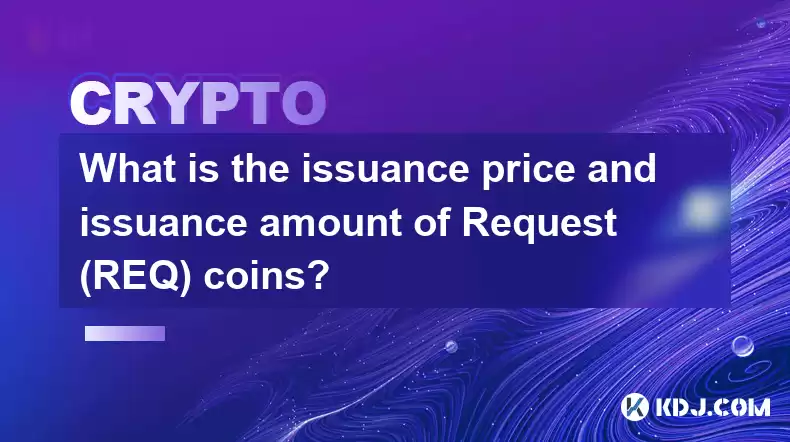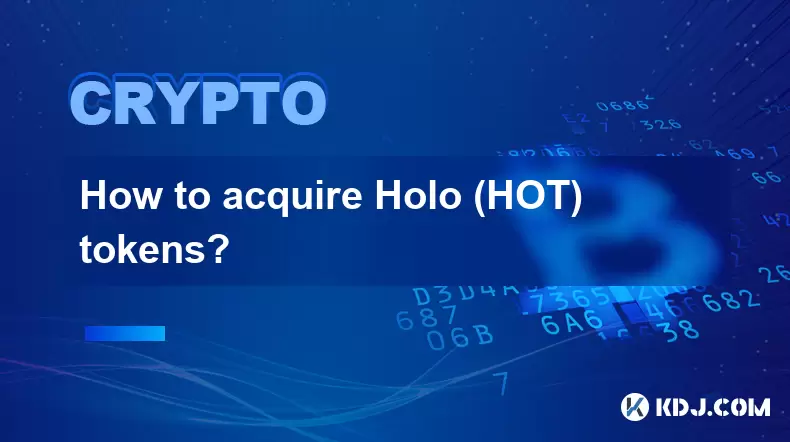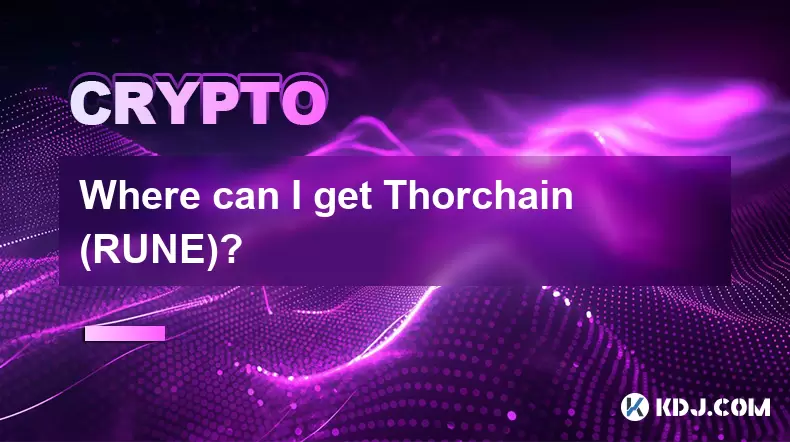-
 Bitcoin
Bitcoin $116800
0.06% -
 Ethereum
Ethereum $3916
2.20% -
 XRP
XRP $3.333
8.10% -
 Tether USDt
Tether USDt $1.000
0.02% -
 BNB
BNB $789.3
1.45% -
 Solana
Solana $177.6
2.58% -
 USDC
USDC $0.0000
0.02% -
 Dogecoin
Dogecoin $0.2232
4.03% -
 TRON
TRON $0.3384
0.01% -
 Cardano
Cardano $0.8005
4.26% -
 Stellar
Stellar $0.4651
11.58% -
 Hyperliquid
Hyperliquid $41.38
5.34% -
 Sui
Sui $3.828
2.87% -
 Chainlink
Chainlink $19.41
11.81% -
 Bitcoin Cash
Bitcoin Cash $581.4
0.02% -
 Hedera
Hedera $0.2623
3.12% -
 Avalanche
Avalanche $23.50
3.00% -
 Ethena USDe
Ethena USDe $1.001
-0.04% -
 Litecoin
Litecoin $121.8
0.85% -
 UNUS SED LEO
UNUS SED LEO $8.986
0.38% -
 Toncoin
Toncoin $3.359
1.47% -
 Shiba Inu
Shiba Inu $0.00001293
2.14% -
 Uniswap
Uniswap $10.61
4.95% -
 Polkadot
Polkadot $3.917
3.45% -
 Dai
Dai $1.000
-0.01% -
 Bitget Token
Bitget Token $4.461
1.26% -
 Cronos
Cronos $0.1516
2.47% -
 Monero
Monero $265.7
-5.07% -
 Pepe
Pepe $0.00001118
2.72% -
 Aave
Aave $283.4
3.76%
What is the issuance price and issuance amount of Request (REQ) coins?
The issuance price and amount of Request (REQ) tokens, set at $0.10 and 990,000,000 respectively, serve as crucial parameters for assessing the token's initial supply and demand dynamics and its subsequent price trajectory.
Dec 24, 2024 at 12:56 pm

Key Points:
- Understanding the Issuance Price and Issuance Amount of Request (REQ) Coins
- Determining the Significance of Issuance Parameters in Cryptocurrency Analysis
- Assessing the Role of Token Metrics in Market Evaluation
- Exploring the Impact of Circulating Supply and Coin Distribution on Token Value
- Identifying Key Factors to Consider When Evaluating Coin Issuance
Issuance Price and Issuance Amount of Request (REQ) Coins
Request (REQ) is an Ethereum-based ERC-20 token that powers the Request Network, a decentralized marketplace for freelance work and payment processing. The REQ token was initially issued through an Initial Coin Offering (ICO) in August 2017. Understanding the issuance price and issuance amount is crucial for assessing the initial supply and demand dynamics of REQ.
1. Issuance Price
The issuance price of REQ was set at $0.10 during the ICO. This price was determined based on the project's market valuation, potential demand, and the number of tokens to be issued. The issuance price serves as a reference point for analyzing the coin's subsequent price trajectory.
2. Issuance Amount
A total of 990,000,000 REQ tokens were issued during the ICO, out of which 60% were sold to the public, 20% were allocated to the team and advisors, and 20% were reserved for future development and ecosystem incentives. The issuance amount represents the initial supply of REQ in the market, influencing its liquidity and subsequent trading patterns.
Significance of Issuance Parameters in Cryptocurrency Analysis
Issuance price and issuance amount are important parameters in cryptocurrency analysis because they provide insights into the following:
- Supply and Demand Dynamics: The issuance amount determines the initial supply of the token, while the issuance price reflects the initial demand and market valuation.
- Token Distribution: Issuance parameters reveal the allocation of tokens among various stakeholders, including the team, investors, and the community.
- Price Stability: A well-designed issuance strategy can minimize price volatility and enhance the token's stability.
- Market Confidence: Issuance parameters influence investor confidence in the project's intentions and long-term value.
Role of Token Metrics in Market Evaluation
Token metrics, such as issuance price and issuance amount, play a crucial role in market evaluation. They enable analysts and investors to:
- Compare different cryptocurrencies based on their initial supply and demand characteristics.
- Assess the viability and potential of a project based on the alignment of issuance parameters with its objectives.
- Identify potential risks and red flags associated with a token's issuance strategy.
- Make informed investment decisions by understanding the token's potential for growth and adoption.
Impact of Circulating Supply and Coin Distribution on Token Value
Circulating supply and coin distribution significantly impact token value. Circulating supply refers to the number of tokens in active circulation, excluding any tokens held in development wallets or by major stakeholders. Coin distribution reveals the distribution of tokens among various categories of holders, such as the team, investors, and active users. These factors influence:
- Token Liquidity: A high circulating supply generally enhances token liquidity, making it easier to buy and sell.
- Price Volatility: A widely distributed coin tends to experience less price volatility than a concentrated distribution.
- Value Proposition: The distribution of tokens among different stakeholders can indicate the project's long-term goals and alignment of interests.
Key Factors to Consider When Evaluating Coin Issuance
When evaluating coin issuance, it is essential to consider the following factors:
- Purpose of Issuance: Understand the reasons behind the issuance, such as funding development or rewarding early adopters.
- Tokenomics Model: Analyze the underlying tokenomics model, including token utility, supply inflation, and burning mechanisms.
- Team and Advisors: Assess the credibility and track record of the project's team and advisors, who play a critical role in coin issuance.
- Market Conditions: Consider the current market conditions and investor sentiment, which can impact the success of a coin issuance.
FAQs:
1. What was the hard cap of the REQ ICO?
The hard cap of the REQ ICO was $12 million.
2. What percentage of the REQ supply was sold during the ICO?
60% of the REQ supply was sold during the ICO.
3. What is the current circulating supply of REQ?
As of May 8, 2022, the circulating supply of REQ is approximately 990,000,000 REQ.
4. Who are the major holders of REQ?
The major holders of REQ include the Request Network team, investors, and exchanges.
5. Can REQ be purchased using fiat currency?
Yes, REQ can be purchased using fiat currency through various exchanges.
Disclaimer:info@kdj.com
The information provided is not trading advice. kdj.com does not assume any responsibility for any investments made based on the information provided in this article. Cryptocurrencies are highly volatile and it is highly recommended that you invest with caution after thorough research!
If you believe that the content used on this website infringes your copyright, please contact us immediately (info@kdj.com) and we will delete it promptly.
- BlockchainFX: The Crypto Presale Investors Can't Ignore
- 2025-08-08 19:10:12
- Pump.fun, Memecoins, Glass Full: Solana's Launchpad Wars Heat Up!
- 2025-08-08 18:50:12
- Crypto Market Heats Up: Altcoin Spree Drives Market Cap to $3.87T
- 2025-08-08 19:05:02
- Cardano (ADA) Price Gears Up: Open Interest Surges Amidst Key Resistance Retest
- 2025-08-08 19:15:42
- Bitcoin, Meme ICOs, and FOMO: Catching the Next Crypto Wave
- 2025-08-08 18:30:34
- OM, Investment, and Growth: Decoding the Latest Trends in Digital Assets
- 2025-08-08 18:30:34
Related knowledge

Where can I buy UMA (UMA)?
Aug 07,2025 at 06:42pm
Understanding UMA and Its Role in Decentralized FinanceUMA (Universal Market Access) is an Ethereum-based decentralized finance (DeFi) protocol design...

Where can I purchase Siacoin (SC)?
Aug 08,2025 at 11:14am
Understanding Siacoin (SC) and Its Role in the Sia NetworkSiacoin (SC) is the native cryptocurrency of the Sia decentralized cloud storage platform, a...

Where can I buy OMG Network (OMG)?
Aug 08,2025 at 12:57pm
Understanding OMG Network (OMG) and Its PurposeThe OMG Network, originally known as OmiseGO, is a layer-2 scaling solution built on the Ethereum block...

What exchanges support buying IOTA (MIOTA)?
Aug 07,2025 at 09:58pm
Understanding the Role of Private Keys in Cryptocurrency SecurityIn the world of cryptocurrency, private keys are the cornerstone of ownership and con...

How to acquire Holo (HOT) tokens?
Aug 08,2025 at 05:56am
Understanding Holo (HOT) and Its EcosystemHolo (HOT) is a cryptocurrency token associated with the Holo ecosystem, which is built on the Holochain fra...

Where can I get Thorchain (RUNE)?
Aug 08,2025 at 08:07am
Understanding the Role of Seed Phrases in Cryptocurrency WalletsA seed phrase, also known as a recovery phrase or mnemonic phrase, is a critical compo...

Where can I buy UMA (UMA)?
Aug 07,2025 at 06:42pm
Understanding UMA and Its Role in Decentralized FinanceUMA (Universal Market Access) is an Ethereum-based decentralized finance (DeFi) protocol design...

Where can I purchase Siacoin (SC)?
Aug 08,2025 at 11:14am
Understanding Siacoin (SC) and Its Role in the Sia NetworkSiacoin (SC) is the native cryptocurrency of the Sia decentralized cloud storage platform, a...

Where can I buy OMG Network (OMG)?
Aug 08,2025 at 12:57pm
Understanding OMG Network (OMG) and Its PurposeThe OMG Network, originally known as OmiseGO, is a layer-2 scaling solution built on the Ethereum block...

What exchanges support buying IOTA (MIOTA)?
Aug 07,2025 at 09:58pm
Understanding the Role of Private Keys in Cryptocurrency SecurityIn the world of cryptocurrency, private keys are the cornerstone of ownership and con...

How to acquire Holo (HOT) tokens?
Aug 08,2025 at 05:56am
Understanding Holo (HOT) and Its EcosystemHolo (HOT) is a cryptocurrency token associated with the Holo ecosystem, which is built on the Holochain fra...

Where can I get Thorchain (RUNE)?
Aug 08,2025 at 08:07am
Understanding the Role of Seed Phrases in Cryptocurrency WalletsA seed phrase, also known as a recovery phrase or mnemonic phrase, is a critical compo...
See all articles

























































































